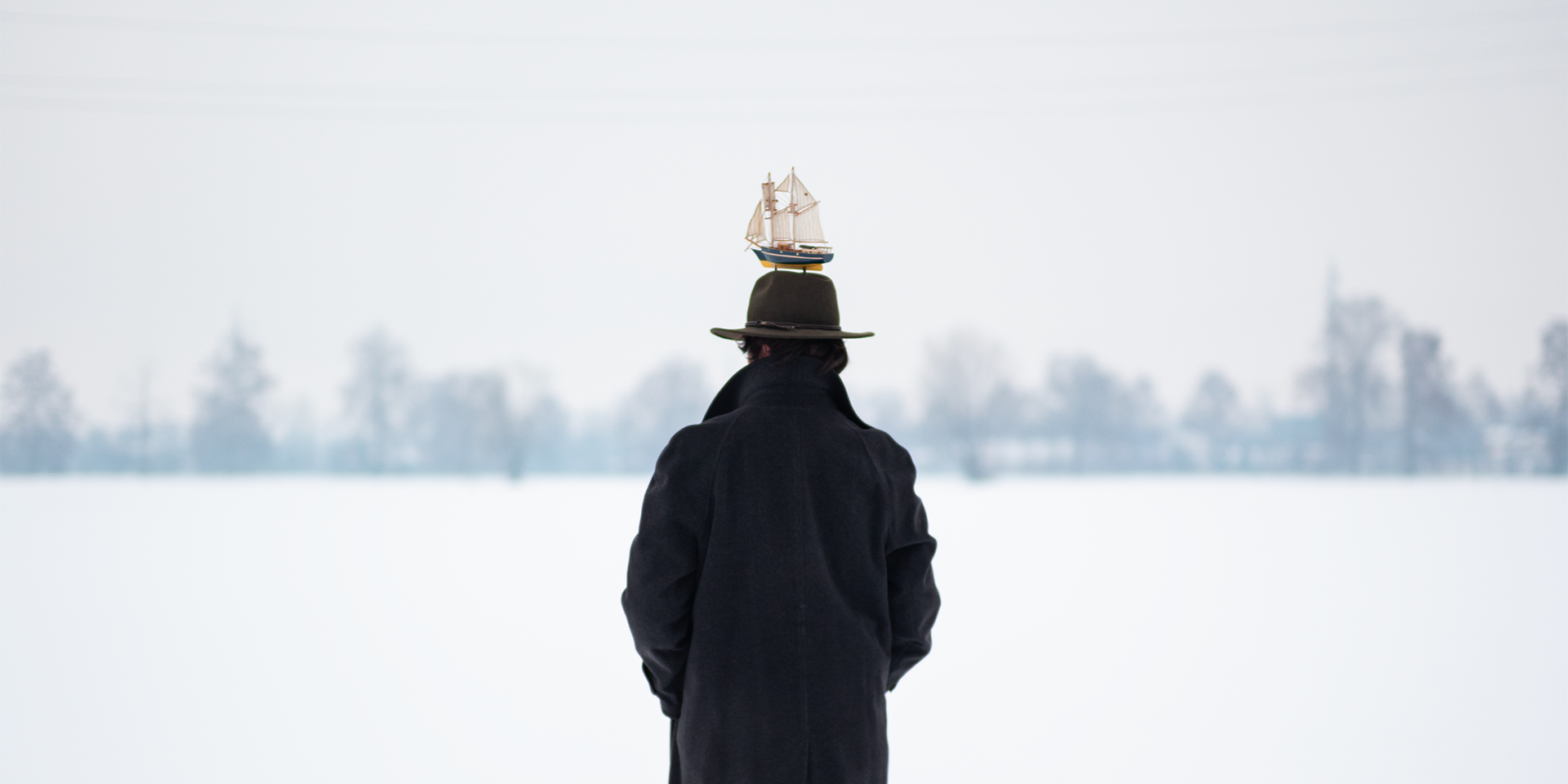Der fliegende Holländer | Richard Wagner
The storm wind blows from the first to the last bar of The Flying Dutchman, whipping up the sea and the heart of the characters. In this 1843 opera, Wagner tackled for the first time a theme that had always fascinated him: redemption through love. The libretto, inspired by a Nordic legend and written by the composer himself, tells the story of a Dutch captain condemned to sail for eternity on his ghost vessel, until the faithful love of a woman breaks the curse. Senta, a pure-hearted girl, is the only one who can save the Dutchman by sacrificing her own life.
Der fliegende Holländer is considered by many to be a transitional opera, in which Wagner experiments with the use of Leitmotives (recurring musical themes associated with characters and situations), while still maintaining traditional elements, such as the popularly inspired choruses of sailors and spinners and the Italian-style arias. Balancing the various components of this turbulent work will be the conductor Nathalie Stutzmann, who is making a name for herself in the Wagnerian circle, as demonstrated by her participation at the Bayreuth festival. An international cast will perform in the staging designed by Willy Decker, the dreamlike charm of which aroused enthusiastic applause at the 2012/2013 Teatro Regio season opening.
Lecture-Concert: Wednesday 8 May at 6 pm - Piccolo Regio Puccini
Romantic opera in three acts
Characters and cast

Brian Mulligan

Johanni Van Oostrum

Robert Watson

Gidon Saks

Annely Peebo

Matthew Swensen
Performances
Durante questa recita è attivo il Bimbi Club
During this performance the Baby Club is available
Synopsis
atto
Amidst the cliffs and fiords of Norway, a ship is mooring; it has been forced by a violent storm, which still hasn’t completely abated, to change course, and the sailors, who were hoping to be reunited with their wives or girlfriends, must resign themselves to waiting until the sea has calmed down. By now, however, the danger has passed, and captain Daland sends the sailors to their quarters; only one young sailor stays on watch, singing a ballad to keep himself awake, but he inadvertently dozes off. He isn’t even awakened by the sinister crash of another ship dropping anchor immediately next to them: it is the ghost-ship of the wretched Dutchman, who is condemned to wander the seas in atonement for his sin of having shown excessive pride while passing the Cape of Good Hope during a violent storm. He appears, dressed completely in black, and descends from the ship, immersed in his thoughts; every seven years he is allowed to return to land to look for a wife: his only hope for saving himself is to find a woman who will be faithful till death, and who, with the purity of her love, will gain him God’s forgiveness. The centuries are building up, however, and the dawn of faithful love never rises; therefore, the Dutchman can do nothing but put his trust in the end of time, with the annihilation of creation. Coming on deck, Daland notices the foreigner and addresses him cordially; when the Dutchman then opens one of his coffers and shows him the priceless jewels with which it is packed full, Daland tells him that he has a daughter, who is as sweet as an angel, and the Dutchman asks to meet her. In the meantime, a favorable wind has risen, and Daland’s ship sets sail amidst the sailors’ jubilation.
atto
In Daland’s home, a group of young women, overseen by nurse Mary, is busy at their spinning wheels, to the accompaniment of a happy song, but their chatter disturbs Senta, who is keeping to herself, lost in thought. Mary reproaches her: instead of working serenely, she is reflectively gazing at a portrait which is hanging on the wall. The girls are curious to know more, and Senta agrees to sing the ballad from which she learned of the Dutchman’s tragic story. The general stir of sympathy is interrupted by the news of Daland’s return; Senta wants to run to meet him, but she is held back by Erik, her fiancé; he warns her to be careful, and recounts his premonitory dream in which she runs off with the doomed Dutchman. Not a moment passes, when Daland appears at the door with a man identical to the person in the portrait. Senta stares at him as though petrified, and Daland thinks it best to leave, after having expressed to his daughter his marriage plans for her. Alone together, Senta and the Dutchman weave together a duet, which is more a mute meeting of glances than a true dialogue; upon returning, Daland has the satisfaction of seeing them, by now, completely absorbed in each other.
atto
The two ships, Daland’s and the Dutchman’s, are anchored at the port; on the former, the sailors are keeping themselves cheerful by singing. A group of girls arrives with food and drink; to nettle their fellow countrymen, they first proceed toward the foreigners’ ship, inviting the sailors to feast with them. At first, they are answered with an ominous silence, but then, given the girls’ insistence and the high spirits of the Norwegians, a response arrives in the form of gusts of wind and sinister laughter, terrifying everyone present and inducing them to flee. Senta appears, with Erik following on her heels, pleading with her not to abandon him; their talk is overheard by the Dutchman, who, misunderstanding, thinks that Senta is cultivating another love. He gives the order to set sail: he is also in love with Senta, and doesn’t want to condemn her to eternal damnation which she would incur if she betrayed him. As the anchor is raised, Senta, distraught, rushes towards the cliffs and throws herself into the sea, offering the Dutchman her life; the vessel immediately disappears beneath the waves, and, as dawn breaks, the embracing figures of Senta and the Dutchman are seen rising out of the sea.

